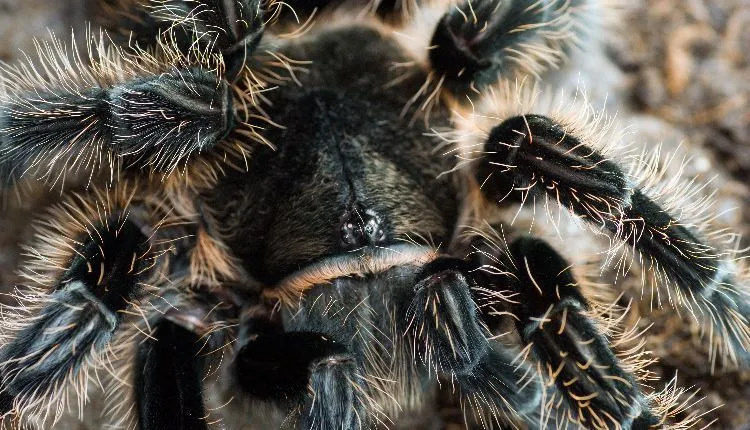Top 5 Curly Hair Tarantula Care Facts
The Curly Hair Tarantula, scientifically known as Tliltocatl albopilosus, is a popular choice for beginner tarantula enthusiasts. Their docile nature, relatively low maintenance needs, and striking appearance make them an attractive pet. However, like any pet, they require specific care to thrive. This care sheet will provide you with the top 5 essential facts to ensure your Curly Hair Tarantula lives a long, healthy, and happy life. From habitat setup to feeding and handling, we’ll cover everything you need to know. Understanding these key elements will not only allow you to keep a healthy pet but also help you to enjoy the unique experience of tarantula ownership. Let’s dive in and explore the fascinating world of these amazing creatures and discover how to best care for them.
Habitat Setup
Creating the right habitat is crucial for your Curly Hair Tarantula’s well-being. They are terrestrial tarantulas, meaning they spend most of their time on the ground. A well-designed enclosure provides security, comfort, and the necessary environmental conditions for your tarantula to thrive. The setup should mimic their natural environment as closely as possible, which will reduce stress and encourage healthy behaviors, such as eating, molting, and exploring. Providing a suitable habitat can significantly improve the quality of life for your pet, making the entire experience more rewarding. Remember, a happy tarantula is a healthy tarantula.
Enclosure Size Requirements
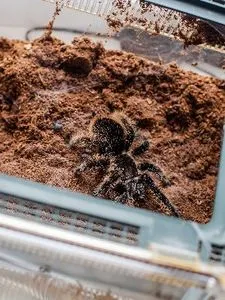
The size of the enclosure is paramount. A juvenile Curly Hair Tarantula can be housed in a small enclosure, like a deli cup or a critter keeper, approximately 6x6x6 inches. As they grow, you’ll need to upgrade to a larger terrarium. A good rule of thumb is to provide an enclosure that is at least three times the tarantula’s leg span in width. For an adult, a 10-gallon tank or a 12x12x12 inch enclosure is often sufficient. Avoid enclosures that are too large, as it can make it harder for the tarantula to find food and feel secure, leading to stress. Ensure the enclosure has a secure lid to prevent escapes, which is a crucial safety measure. Proper sizing ensures the tarantula can move freely and has space for all its needs.
Substrate and Decor
The substrate, or bedding, is another key element in habitat setup. The ideal substrate for a Curly Hair Tarantula is a mix of coco fiber, peat moss, and a bit of vermiculite. This mixture retains moisture well, which helps maintain the appropriate humidity levels. The substrate should be at least 4-6 inches deep to allow the tarantula to burrow if it chooses to. Provide a hide, such as a piece of cork bark or a half-log, where the tarantula can retreat and feel secure. Adding some artificial plants or decorations can further enrich the environment and make it more visually appealing. Remember, a naturalistic setup not only provides the necessary environment but also enhances your enjoyment as an observer.
Temperature and Humidity
Maintaining the correct temperature and humidity is vital for the health and well-being of your Curly Hair Tarantula. These factors affect their metabolism, molting process, and overall activity levels. Regular monitoring and adjustments are essential to provide the optimal environment. Improper temperature or humidity can lead to health problems, such as dehydration, failed molts, and even death. By understanding the specific needs of your tarantula and taking the appropriate measures, you can ensure they live a long and healthy life. Consistent monitoring and care of this aspect is very important for the wellbeing of the pet.
Ideal Temperature Range
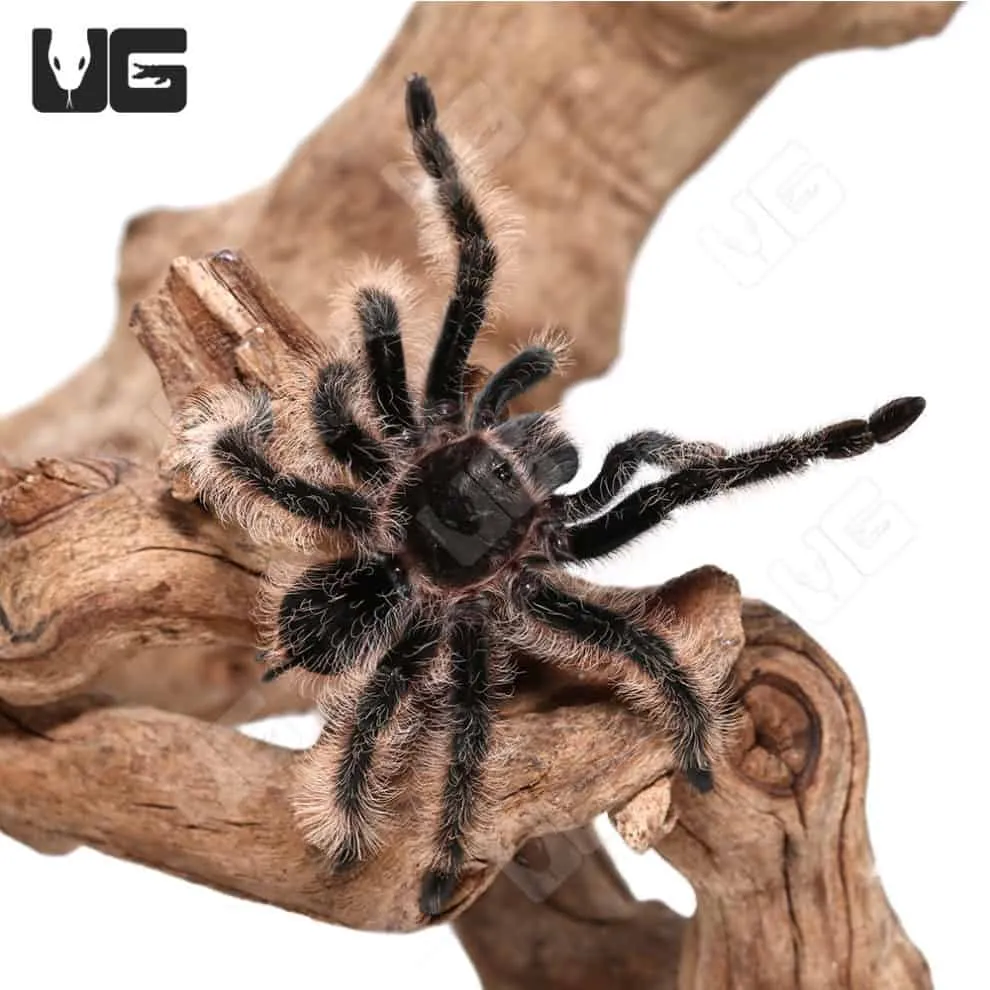
Curly Hair Tarantulas thrive in temperatures between 75-85°F (24-29°C). While they can tolerate slightly cooler temperatures, it’s best to maintain the range as closely as possible. Use a reliable thermometer to monitor the temperature inside the enclosure. If the room temperature isn’t consistently within this range, you can use a heat mat or a low-wattage heat lamp on one side of the enclosure to create a temperature gradient. This allows the tarantula to move to a warmer or cooler spot as needed. Avoid placing the heat source directly under the enclosure, as this can overheat the substrate and cause issues with humidity. Proper temperature control ensures the tarantula’s metabolic processes function correctly.
Humidity Levels
Humidity is another crucial factor in Curly Hair Tarantula care. They require a humidity level of around 65-75%. You can measure humidity using a hygrometer, which you can easily find in pet stores. To maintain the right humidity, lightly mist the substrate every few days, depending on your home’s environment. Ensure that only a portion of the substrate is damp, allowing the tarantula to choose between humid and drier areas. Good ventilation is also vital; while you want to retain humidity, you don’t want the enclosure to be constantly wet. Avoid excessive condensation, as this can lead to mold growth and other problems. Proper humidity is essential for successful molting and overall health. Regularly check and adjust the humidity level for optimum conditions.
Feeding and Diet
A well-balanced diet is fundamental to your Curly Hair Tarantula’s health and longevity. They are opportunistic feeders, meaning they’ll eat what they can catch. Providing the right food items and feeding frequency will ensure your tarantula gets all the nutrients it needs. This section will cover the essential aspects of feeding your pet, from the types of food to the amount and frequency. This is one of the most engaging and important aspects of tarantula care, directly impacting their health, growth, and well-being. Proper feeding also plays a role in keeping your pet active and vibrant.
What to Feed Your Tarantula
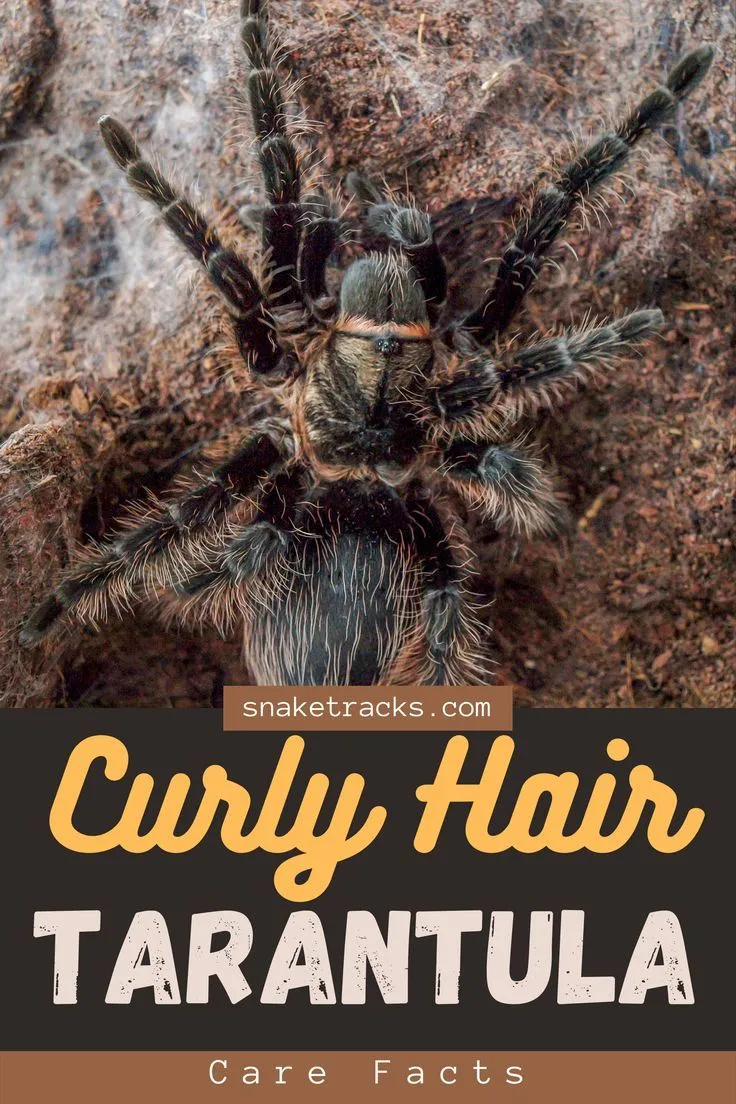
The primary diet for a Curly Hair Tarantula consists of insects. Crickets, mealworms, dubia roaches, and other commercially available insects are all excellent choices. The size of the prey should be appropriate for the size of your tarantula. As a general rule, the prey should be no larger than the tarantula’s body. Before feeding, gut-load the insects with nutritious food, such as vegetables and commercial insect food, to maximize their nutritional value. This process helps to pass on essential nutrients to your tarantula. Variety in the diet is also beneficial. Avoid feeding wild-caught insects, as they may carry parasites or pesticides that could harm your tarantula. Ensure all food items are from a trusted source to protect your pet’s health and well-being.
Feeding Frequency
The frequency of feeding depends on the tarantula’s age and size. Spiderlings and juveniles should be fed more often, usually two to three times a week. Adults can be fed once a week or even less frequently, depending on their appetite. Always remove uneaten prey within 24 hours to prevent stress for the tarantula. Observe your tarantula’s abdomen; if it appears plump and full, it may not need to be fed for a while. If your tarantula refuses food, it could be a sign that it is about to molt. Provide fresh water at all times in a shallow dish. Regular monitoring of the feeding habits and body condition allows for optimal care and prevents issues that could affect the tarantula’s health.
Handling and Interaction
While Curly Hair Tarantulas are generally docile, handling them should be done with caution and respect. Their natural instincts and potential for defensive behavior make it essential to prioritize their well-being and safety. This section discusses safe handling practices and how to recognize signs of stress, allowing you to enjoy your pet while ensuring its comfort and security. Understanding the tarantula’s behavior and implementing the right handling techniques is crucial for both your safety and the well-being of the tarantula. When done right, it can improve your relationship with the tarantula.
Safe Handling Practices
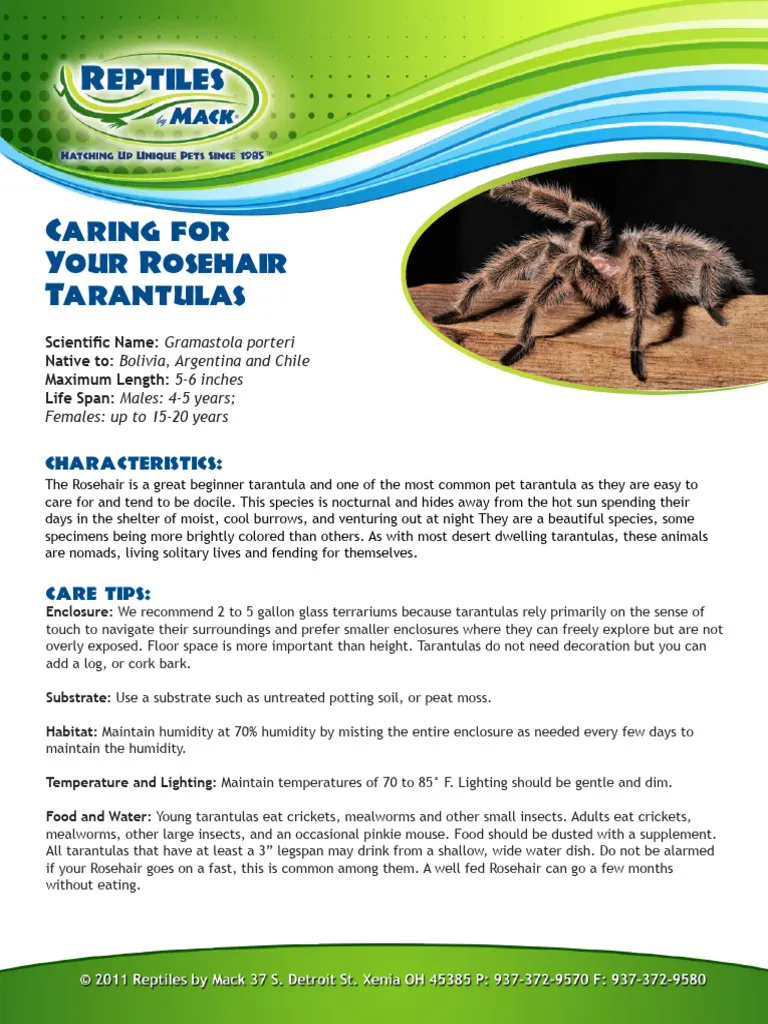
If you choose to handle your Curly Hair Tarantula, do so with extreme care. Approach them slowly and gently. It’s best to handle them while they are on a flat surface, such as a table or the floor, close to the ground, to prevent injuries from falls. Never grab or startle the tarantula. Let them walk onto your hand or a soft brush. Avoid handling your tarantula if they are about to molt. Always wash your hands before and after handling to prevent contamination. Remember, tarantulas have fangs and can bite if they feel threatened. While their venom is not lethal to humans, the bite can be painful and cause local discomfort. Prioritize a calm environment to avoid unnecessary stress.
Recognizing Stress Signals
It’s important to be able to recognize signs of stress in your Curly Hair Tarantula. These signs include a defensive posture, where they rear up on their hind legs with their fangs exposed. Rapid movements, flicking hairs from their abdomen (a defensive mechanism), and refusing food are also indicators of stress. If you notice any of these behaviors, it is best to leave your tarantula alone and allow them to settle. Avoid handling them during these times, and review their habitat to ensure it meets their needs. Reducing stress improves their overall well-being and allows for a better, less stressful experience for both the owner and the pet. Always prioritize your tarantula’s health.
Health and Molting
Understanding the health and molting process is vital to ensure your Curly Hair Tarantula lives a long, healthy life. Molting is a natural process where they shed their exoskeleton to grow and replace damaged body parts. This section covers the signs of a healthy tarantula and the process of molting. It helps you to ensure your tarantula’s well-being. Recognizing the signs of health and being prepared for the molting cycle will enable you to provide the best possible care for your pet and enjoy a rewarding experience as a tarantula owner.
Signs of a Healthy Tarantula
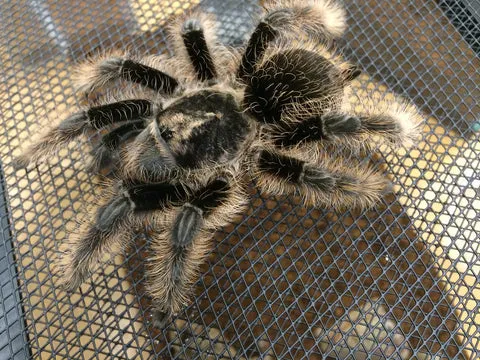
A healthy Curly Hair Tarantula is typically active, alert, and has a plump abdomen. They should have a good appetite and readily eat their prey. Their legs and body should be free of any lesions or deformities. They should also have a clean, well-maintained enclosure. Regular observation is essential to detect any changes in their behavior or appearance. Look for signs of dehydration, such as a wrinkled abdomen, or signs of illness, such as lethargy or loss of appetite. Addressing any concerns promptly with appropriate care is crucial to maintain the overall health of your pet. Consistent monitoring is one of the keys to ensuring a long and healthy life for your tarantula.
Understanding the Molting Process
Molting is a critical process for tarantulas. Before molting, your Curly Hair Tarantula may become less active, refuse food, and may even flip over on their back. The molting process can take several hours or even days. During this time, it’s crucial to avoid disturbing them. Provide a humid environment to aid in the molting process. After molting, your tarantula’s exoskeleton will be soft, and they will be vulnerable. Avoid handling them until their new exoskeleton has fully hardened, which can take several days. Offer food only after their fangs have hardened. Successful molting indicates good health, and providing the right conditions will ensure your tarantula’s continued growth and well-being. Watch your pet carefully, and appreciate the fascinating molting process.
